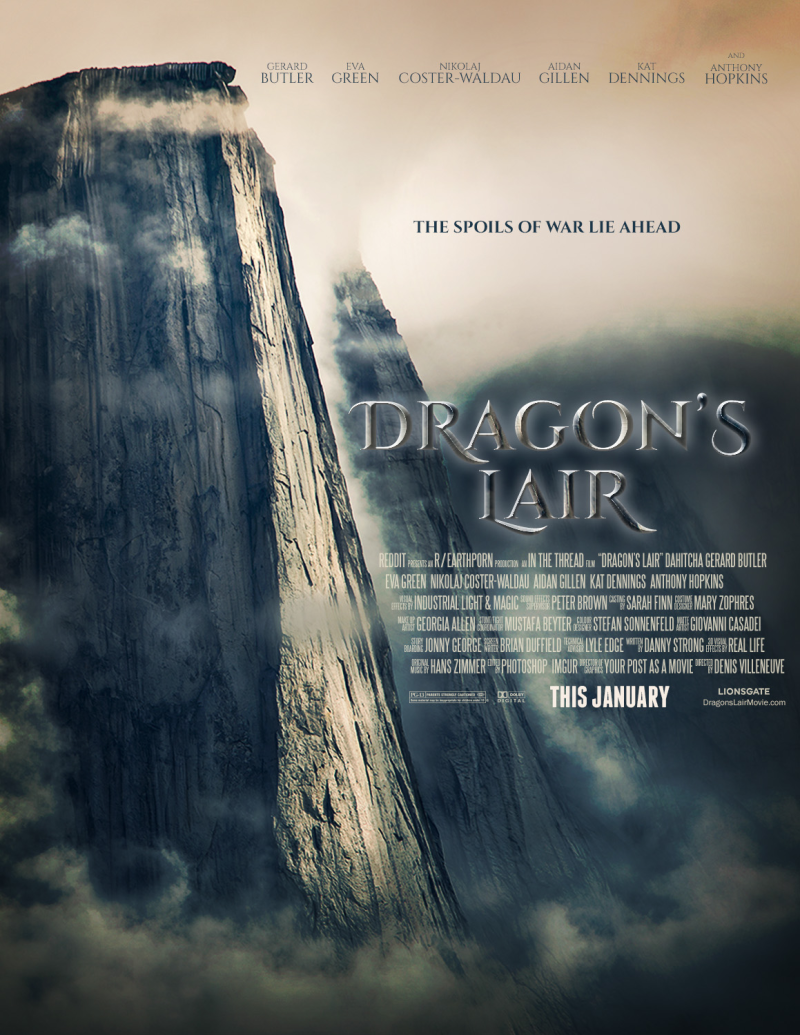Today in Movie Culture: Deadpool Goes 'Back to the Future,' 'Jurassic Park' Without the Dinosaurs and More
Here are a bunch of little bites to satisfy your hunger for movie culture:
Mashup of the Day:
This fan art by Mike S. Miller has us wanting Deadpool 2 to just be a remake of Back to the Future starring Deadpool and Cable (via Live for Films):
Movie Comparison of the Day:
You think Olympus Has Fallen and White House Down are the same? Here’s Couch Tomato with 24 ways they’re different:
[embedded content]
Fake Movie of the Day:
There’s a Reddit user who’s turning postings of photos and art and turning them into fake movie posters. In honor of London Has Fallen, below is one starring Gerard Butler. See more at io9.

Filmmaker in Focus:
Edited by the great Jacob T. Swinney, here is Steven Spielberg‘s career summed up in 30 shots from 30 movies, from Duel through The BFG:
[embedded content]
Reworked Movie of the Day:
Speaking of Spielberg, here’s what Jurassic Park looks like without any dinosaurs (via Devour):
[embedded content]
Spoilers of the Day:
If you think you’ve seen every major movie of last year, you might find it safe to watch the annual Fine Brothers rundown of their spoilers. Watch if you dare:
[embedded content]
Supercut of the Day:
Speaking of spoilers, here’s a video that tries to tell a story using the final lines from 129 movies (via Devour):
[embedded content]
Star Wars of the Day:
Time to throw away your Snuggie and get yourself one of these Star Wars-inspired crocheted X-wing fighter blankets (via Geekologie):

Cosplay of the Day:
Check out Sneaky Zebra’s compilation of cosplay from this year’s London Super Comic Con, which includes plenty of Star Wars: The Force Awakens costumes:
[embedded content]
Classic Trailer of the Day:
In honor of Zootopia, here’s an old VHS trailer for Disney’s 1973 animated feature Robin Hood, which is said to be a huge influence on the studio’s new release:
[embedded content]
and
This entry passed through the Full-Text RSS service – if this is your content and you’re reading it on someone else’s site, please read the FAQ at fivefilters.org/content-only/faq.php#publishers.


